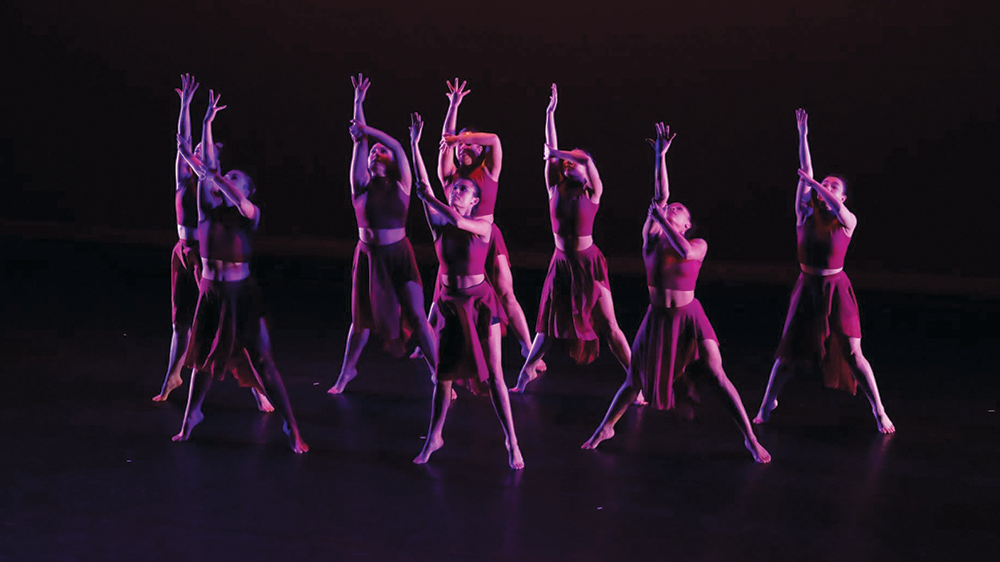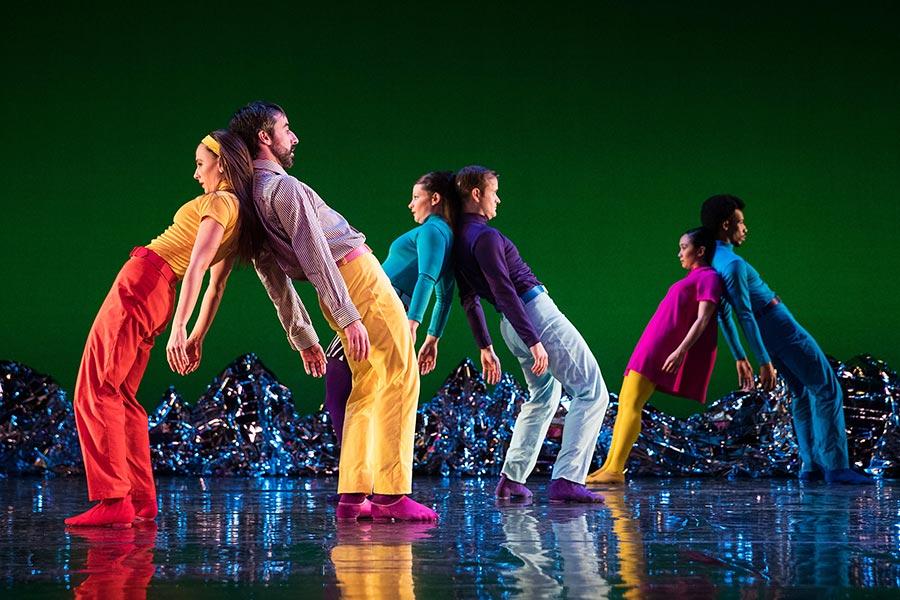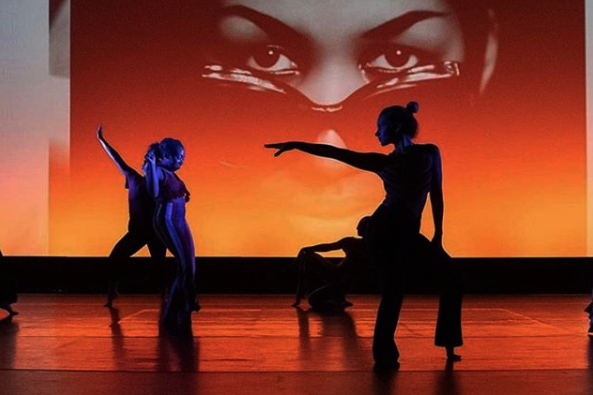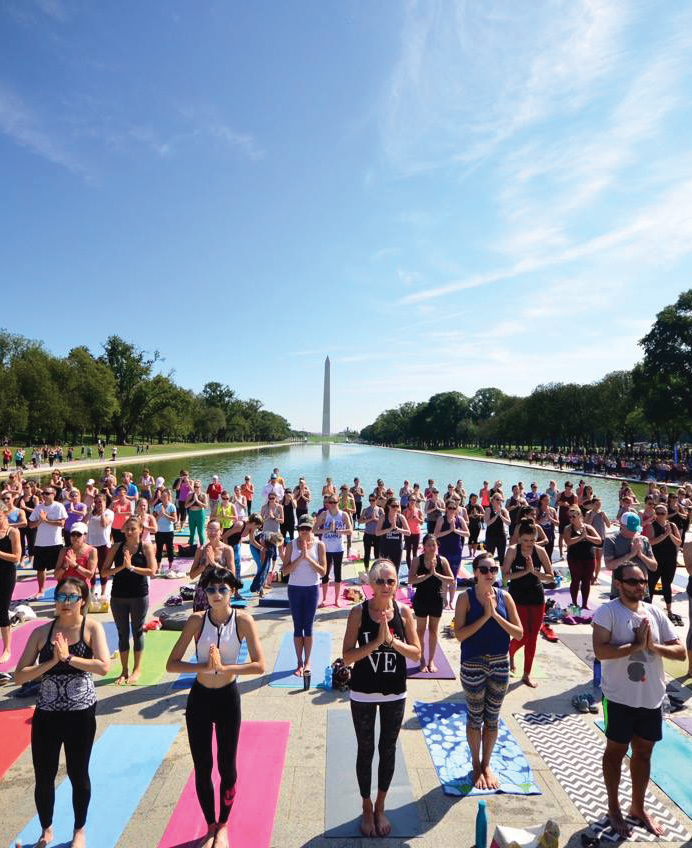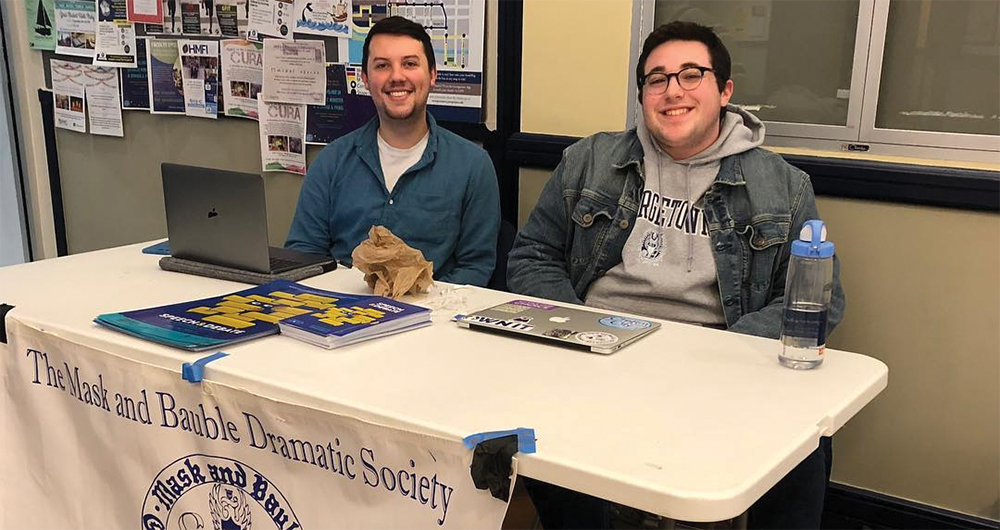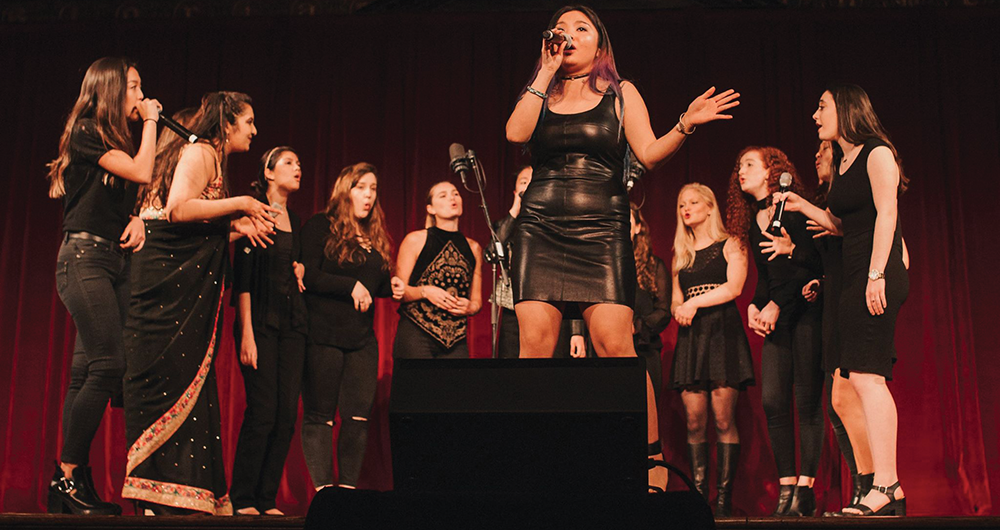Students at Georgetown University have used dance to tell powerful stories, build confidence and take care of themselves on campus by passionately expressing themselves through the art form with groups such as Black Movements Dance Theatre and Rangila.
This physical medium can become a way to let out energy, form community and honor personal identities, according to Sheela Ranganathan (NHS ’19), the coordinator for Rangila, an annual dance showcase that features diverse dance traditions from across South Asia, for the 2018-19 academic year.
“Art is so important to me as a way to work through my emotions and stress, a way to express my culture, and a way to build some of the strongest relationships I’ve ever had,” Ranganathan wrote in an email to The Hoya.
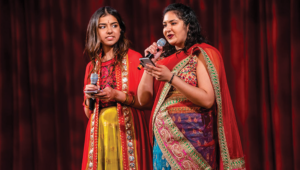
Making these dance opportunities on Georgetown’s campus available allows dance to remain an integral part of students’ lives, according to Shanta Murthy (COL ’19), a dancer and choreographer who worked with Rangila.
“Dance has been something that I have done since I was young, so getting involved with Rangila and other performances here was a natural way for me to stay connected to that part of myself,” Murthy wrote in an email to The Hoya. “Growing up, dance has always been my favorite way of expressing myself and processing things, and performing on campus has definitely offered me that safe space as well.”
Creating and teaching choreography for dances such as those in Rangila’s showcase offers a challenging experience for any dancer, and the process grows the skills of both dancer and choreographer, according to Murthy.
“Teaching classical steps was difficult but rewarding for me, as it took me some time to learn how to explain the moves to my dancers, and communicating them in ways that met different people’s learning styles,” Murthy wrote. “I definitely grew a lot as a dancer from teaching, as I was much more attentive of my own technique and had to ensure that I standardized my steps.”
Beyond just improving a dancer’s skill, the end product delivers a feeling of success because of the difficulty of implementing choreography, according to Anne Marie Huntington (COL ’19), a dancer with BMDT.
“I was able to choreograph for our fall show this year, so having my choreography performed by my fellow company members was super surreal and gratifying,” Huntington wrote in an email to The Hoya. “They’re all super talented and seeing my vision executed by them was really fulfilling.”
In addition to the immediate benefits that dancing can offer and the fulfilling challenge that teaching choreography poses, dance grows confidence and shapes self-image by creating the space to make bold creative decisions, according to Murthy.
“Looking back, I have seen myself grow immensely, not only as a dancer and choreographer but as a person,” wrote Murthy. “Throughout my involvement in Rangila and seeing ways to fuse various music and dance styles together, I have become more confident in my ideas, in getting out of my comfort zone, and in accepting my own identities.”
The tenacity and determination that dance can help foster appears in every creative endeavor that students undertake on campus, according to Huntington.
“I am also a Film and Media Studies minor, so for my capstone film I did mine on the process of choreography and focused on the piece of choreography I did for BMDT,” wrote Huntington. “When my choreography wasn’t chosen for the spring show, I found another way of showcasing my work to wider audience through dance in ‘Step by Step,’ my short film.”
Dance can develop artistic confidence, but can also highlight important causes by motivating a community of artists to use dance for good, evident in Rangila’s philanthropy program, according to Ranganathan.
“In addition to our weekly practices and social events, we instituted mandatory philanthropy workshops so that they could learn about the organization we were supporting, how to talk about trafficking and assault, and ways that Rangila was getting involved,” wrote Ranganathan. “I think that gave us all an even greater reason to dance. In my experience, the best Rangila performances I’ve ever had are the ones where our dancers feel that community and purpose.”
Producing a dance performance that spreads awareness for a cause and directly benefits others gets at the heart of dance’s power and purpose, according to Ranganathan.
“One of the best lessons that I got from Rangila is that art doesn’t mean a lot to me unless I can share it with other people,” wrote Ranganathan.


